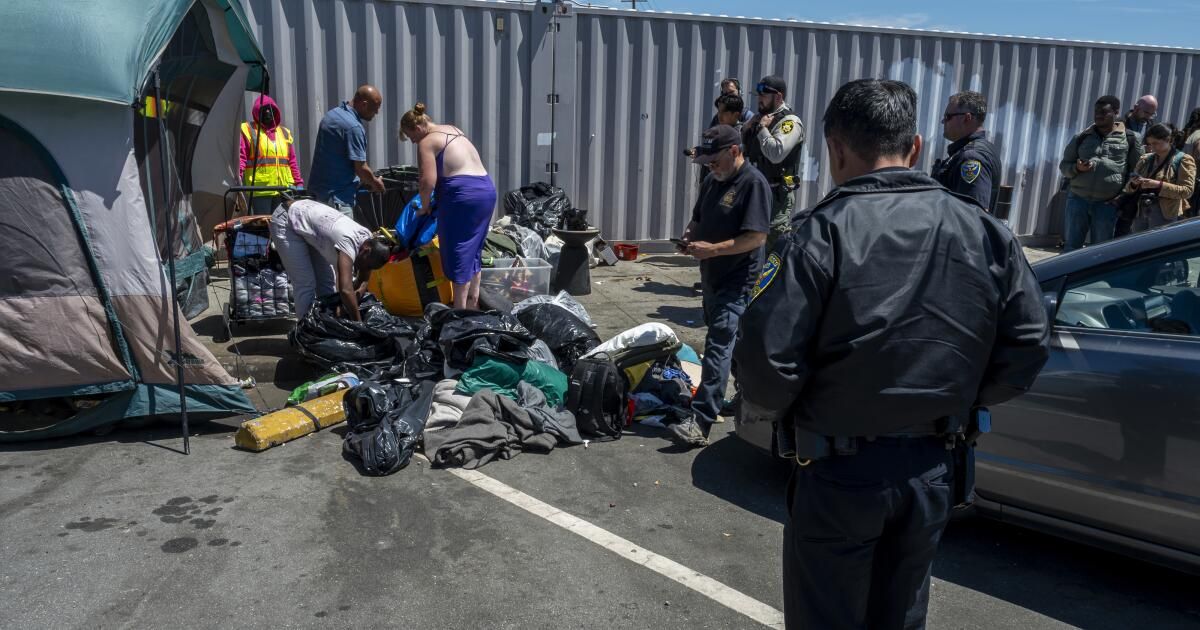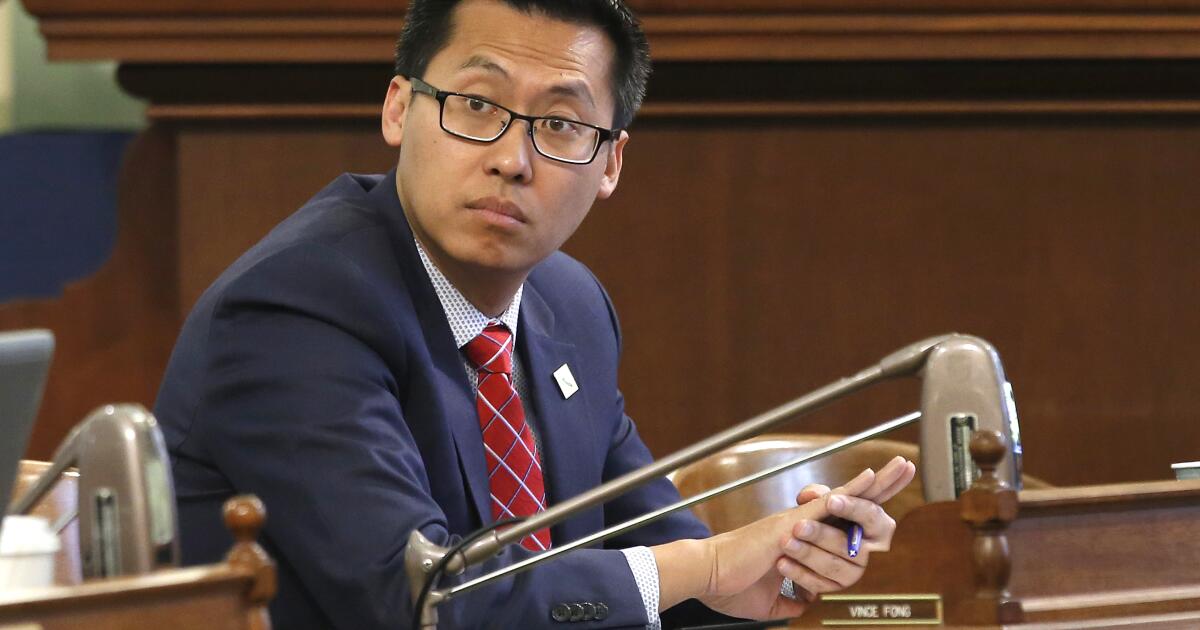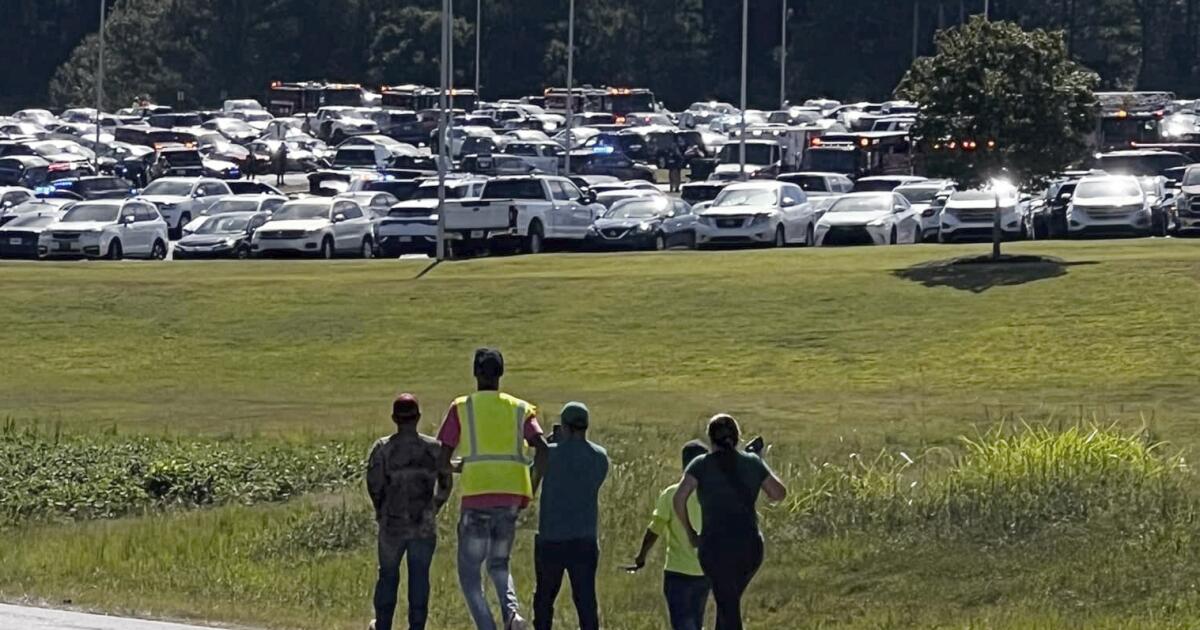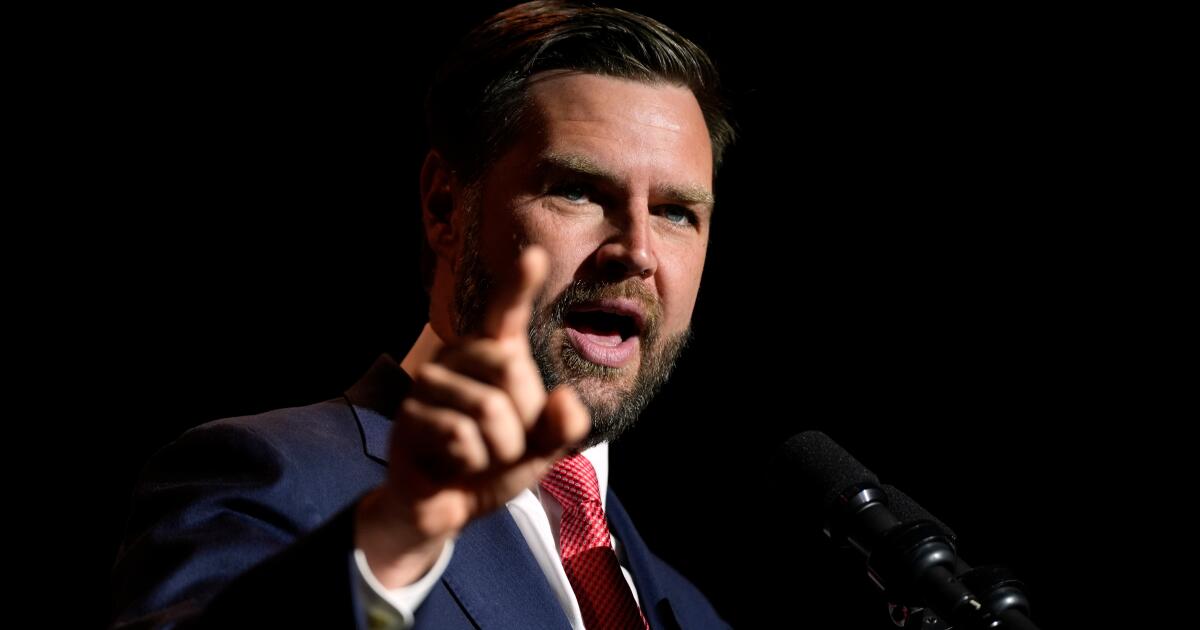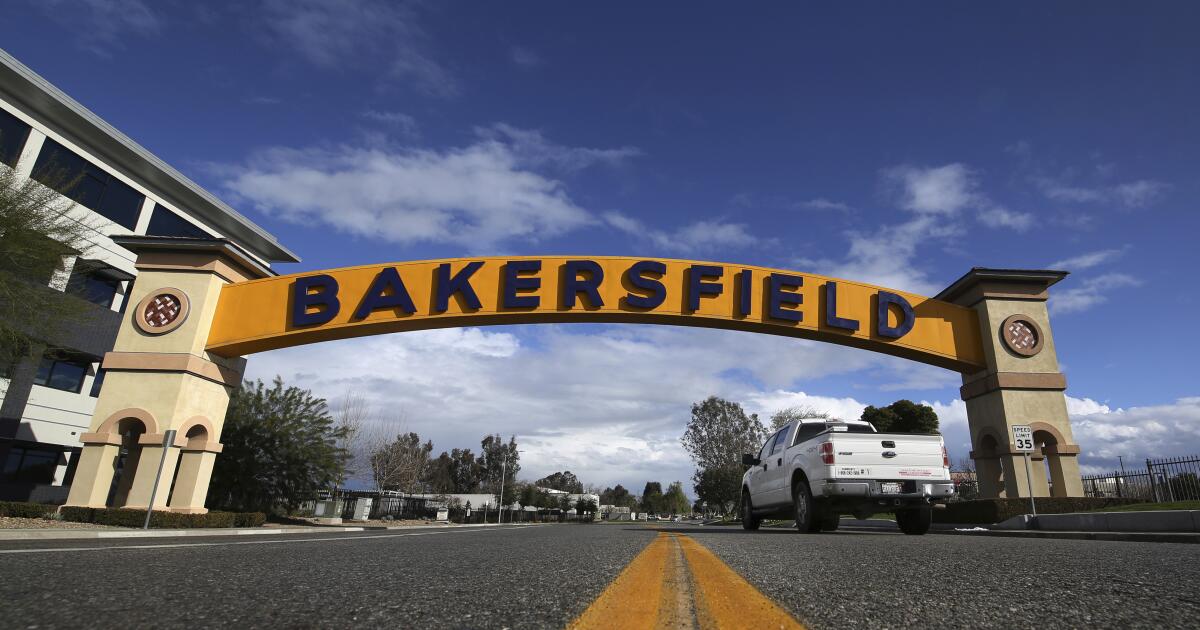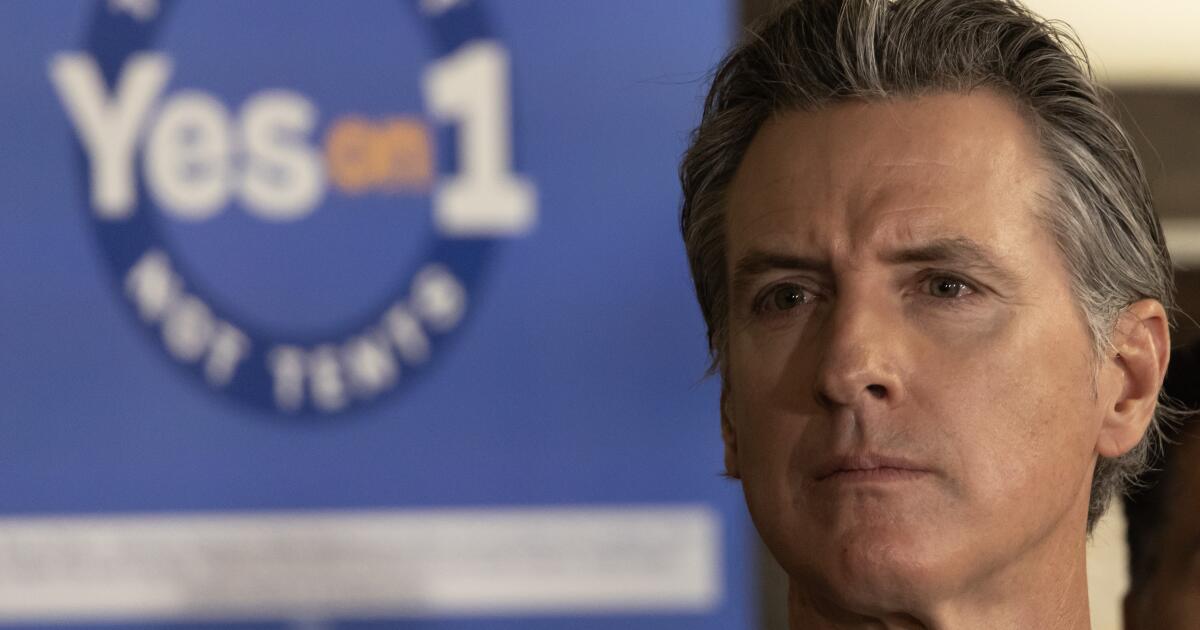It has been disappointing to see Gov. Gavin Newsom take a hard line against homeless people by ordering state agencies and departments to clear encampments on state-owned lands, such as highway embankments, and encouraging local governments to do the same.
Meanwhile, Los Angeles city and county leaders continue to do the hard but effective work of reaching out to people in encampments and getting them temporary and permanent housing, even when it takes weeks or months to do so.
Last week, the Los Angeles County Board of Supervisors also rejected any attempt to criminalize homelessness. In a rebuke to Newsom’s leadership, it voted last week to affirm its position that no one should be jailed simply for camping outdoors.
Mayor Karen Bass’s Inside Safe program, which involves temporarily moving people from encampments into motel and hotel rooms, has made a measurable difference in the number of homeless people living on the streets. In the most recent count, the number of homeless people living on the streets dropped by 10.4 percent, while the number of people living in shelters increased by 17.7 percent. And the availability of new, city-funded permanent housing units contributed to the city’s overall 2.2 percent decrease in homeless people.
Are homeless people still being chased off the sidewalks by clean-up efforts and law enforcement? Of course, and that's worrying. But Bass has denounced arresting homeless people as a way out of the situation. San Francisco's mayor is willing to use it as a tool.
Mayor London Breed has chosen to follow Newsom’s lead and conduct a “very aggressive” clearout of encampments, where police cite and force people to leave if they don’t accept an offer of shelter in place. This ignores the fact that there are 8,300 homeless people in San Francisco, but the city’s 3,600 shelter spaces are nearly at capacity. Breed followed suit by ordering social workers to offer homeless people bus, train, or plane tickets out of the city (if they have any connection to the destination) before offering them any services, such as shelter. This seems less a matter of the mayor helping homeless people than banishing them while she runs for reelection.
Ultimately, nothing in San Francisco’s approach or the governor’s executive order will reduce homelessness, and Newsom should know better.
As he noted in his announcement last month, he has allocated $24 billion in state funding to help cities and counties provide services and shelter their homeless residents. He created Project Roomkey, the program that cities and counties used to move vulnerable homeless people into vacant hotel and motel rooms during the COVID-19 pandemic using federal emergency relief funds. He launched the Homekey program that funds the acquisition of housing for homeless people. And he made $1.3 billion in federal funding available through the Housing and Homelessness Incentive Program to encourage Medi-Cal health care providers to invest in local homeless programs.
Yet California has the largest number of homeless people in the country. If there are still homeless people here after spending billions on temporary and permanent housing, it’s because the problem is so large and so intractable. Newsom’s order and Breed’s raids come after the Supreme Court’s recent decision allowing Grants Pass, Oregon, to cite and arrest homeless people living outdoors even if there’s no shelter available. But these raids only offer the illusion that the homeless problem can be solved at specific sites by moving people somewhere else.
Housing is unaffordable, and it’s too difficult and expensive to add affordable housing in cities like Los Angeles, which protect single-family zoning and limit where apartments can be built. Mass incarceration has led to hundreds of people leaving jails and prisons unhoused. Structural racism has resulted in Black people making up a disproportionate share of homeless populations nationwide. Even the 24% of homeless people who say they suffer from serious mental illness or the 27% who report substance abuse are, with rare exceptions, desperately poor. Most can’t get the help they need unless they first secure housing.
Homelessness is the starkest example of wealth inequality in the country. It has been suggested that some Californians are simply tired of seeing it. They have “camp fatigue.” Well, no one is more tired than people living in camps.
The solution is obvious: continue to focus on building, buying or renting more housing. Housing the homeless is expensive and doesn't happen overnight. Sometimes it can take weeks of work to get people to a particular location, but it works.
Another thing that has worked is that Medi-Cal providers are funding services for homeless people. The County’s Homeless Initiative has received $114 million in funding from LA Care and Health Net to support the county’s master leasing program that provides apartments to homeless people. Medi-Cal health care providers are also venturing into housing projects for low-income and homeless people, and we hope this support continues.
It’s encouraging that Los Angeles city and county leaders seem to understand what Newsom and the mayor of San Francisco seem to have forgotten: Simply pushing people off the sidewalk has never reduced homelessness, and it won’t work now.

